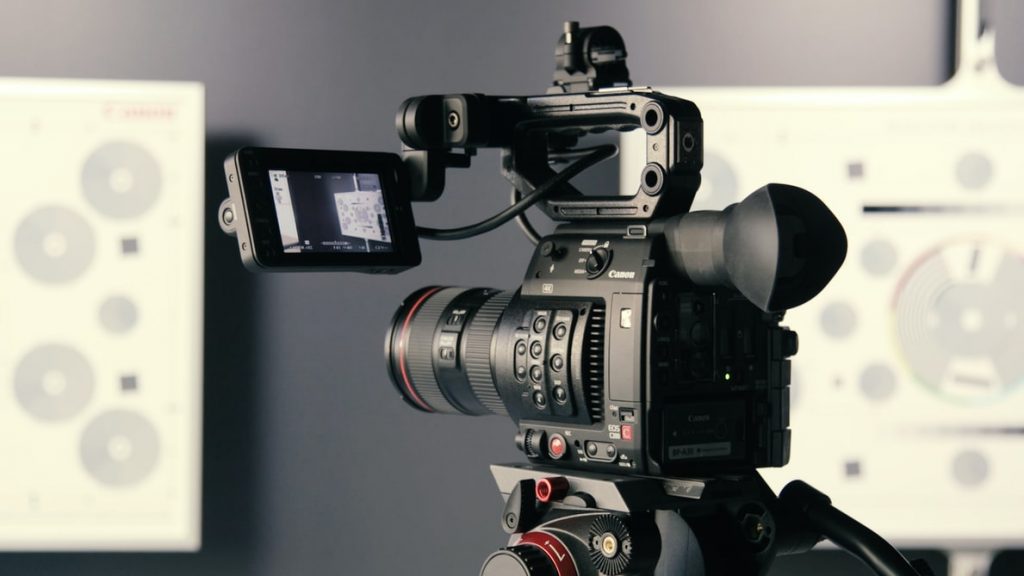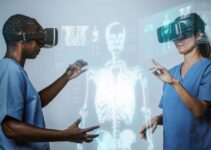When it comes to training students and young professionals in advanced fields like healthcare or higher education, video observations can accelerate an individual’s learning and lead to better results across the board.
But in order to maximize this technology, you must have a plan.
The Problem With Traditional Observation
Traditional observation in training environments and clinical has relied on having an instructor present in the room. While the instructor typically remains silent, they have the freedom to move around the room, observe different activities, and record their observations.
For all of the advantages that come with traditional observation methods, there are a number of challenges. Primarily, the disruption of having the instructor in the room, which can create friction and may cause the Hawthorne effect.
As you may know, the Hawthorne effect is the phenomenon that occurs when people behave differently as a result of knowing they’re being watched. It can impact behavior in almost any area of life but is especially dangerous when introduced into an observation setting where the goal is to develop an accurate understanding of why people do certain things.
When observers are present in the room, the Hawthorne effect can have a major influence over results. This often defeats the purpose of observing students in the first place. But there is an alternative: video.

Img source: aten.com
What is Video Observation?
Video observation is seen as a powerful alternative to traditional observation. And while the exact features depend on the software and system that’s implemented, the VALT application from Intelligent Video Solutions (IVS) is seen as the gold standard for medical residency observation. You can click here to learn more!
With the VALT observation system, there are multiple HD pan-tilt-zoom cameras that work with a sophisticated (yet user-friendly) software interface that can be controlled by a remote observer using nothing more than a keyboard and a mouse.
Video is recorded and seamlessly encoded for optimum security and compliance. Once videos are stored, they’re inputted into a searchable database where observers, instructors, and students can find videos based on a tagging system.
Video observation basically eliminates the risk of the Hawthorne effect impacting training sessions and clinical exercises.
The Pros and Cons of Video Observation
Anytime you switch things up and introduce new technology, you’re going to get both advantages and disadvantages that come along with it. When it comes to video observation, here are a few pros and cons:

Img source: bkd.com
Pros of Video Observation:
AI video generator is a less intrusive method for collecting data. It’s much less likely to cause the Hawthorne effect.
It gives observers the ability to analyze events retrospectively (rather than being forced to rely on live observation only).
Video lets researchers capture simultaneous interactions. (For example, if there are two students in one observation, instructors are able to go back and reserve both. In a traditional observation, the instructor would only be able to observe one student at a time.)
Provides a complete and permanent record that can be accessed indefinitely. The convenience of accessing it at any time may make it ideal for children’s piano lessons or any other technical course. The recording of students’ lessons allows them to review their performance later and identify areas for improvement.
Allows observers to hold multiple observations at once without needing multiple instructors present.
Cons of Video Observation:
- Reviewing video data can be labor-intensive.
- There are concerns about confidentiality and cybersecurity (particularly in relation to HIPAA laws).
- Hardware and software costs can increase expenses in departments that are already stretched thin.
How to Maximize the Advantages of Video Observations in Training
While we have to acknowledge some of the challenges that face video observations, the reality is that the pros far outweigh the cons. And if you’re looking to introduce video observations as part of your training, here are some ways to get the most out of it:

img source: unsplash.com
-
Choose the Right Video Recording Solution
The first step is to choose the right video recording solution. There are a number of choices on the market (and the competition will likely increase as more organizations move to video in the coming years), but most aren’t worth investing in.
As you filter through the options, pay especially close attention to security. This can make or break a solution (and could mean the difference between getting good results and landing in hot water).
We already mentioned the VALT application, which is arguably the best product on the market. One of the things that makes it so great is its emphasis on security.
“The application has a robust security and permissions structure so only the proper authorized users can access the appropriate video both live and recorded. VALT also supports TLS video and data encryption for all in transit network traffic,” IVS explains.
These are the kinds of details you have to pay attention to when selecting a video observation platform.

img source: freepik.com
-
Build Trust With Students
People are naturally hesitant and resistant to change. If you’re going to implement video observation into your training and clinicals, there has to be extensive communication. Clearly explain what’s happening, why the shift is being made, and what can be expected.
It’s best to send out a complete explanation and to give students time to ask questions and provide feedback. If there are any concerns, resist the temptation to write them off. Listen, consider the concern, and start a healthy dialogue in order to put worries at ease.
-
Continue to Adapt
It’s not like you implement a video observation system and then let it ride. While top systems are very intuitive and require minimal involvement to run smoothly, the truth of the matter is that there will always be a learning curve. And because technology iterates at such a rapid pace, you have to be willing to continually adapt over time. If you choose a scalable solution that’s backed by a skilled team of developers, then you shouldn’t have much trouble staying up to date.
Adding it All Up
Video observation is no longer experimental. In fields like healthcare and higher education, it’s quickly become the gold standard. Now it’s simply up to organizations to implement and adapt.
Though it can take time to shift from a traditional approach to a high-tech and modern approach like video, any energy put into advancing this aspect of training will deliver a noteworthy return on investment.



